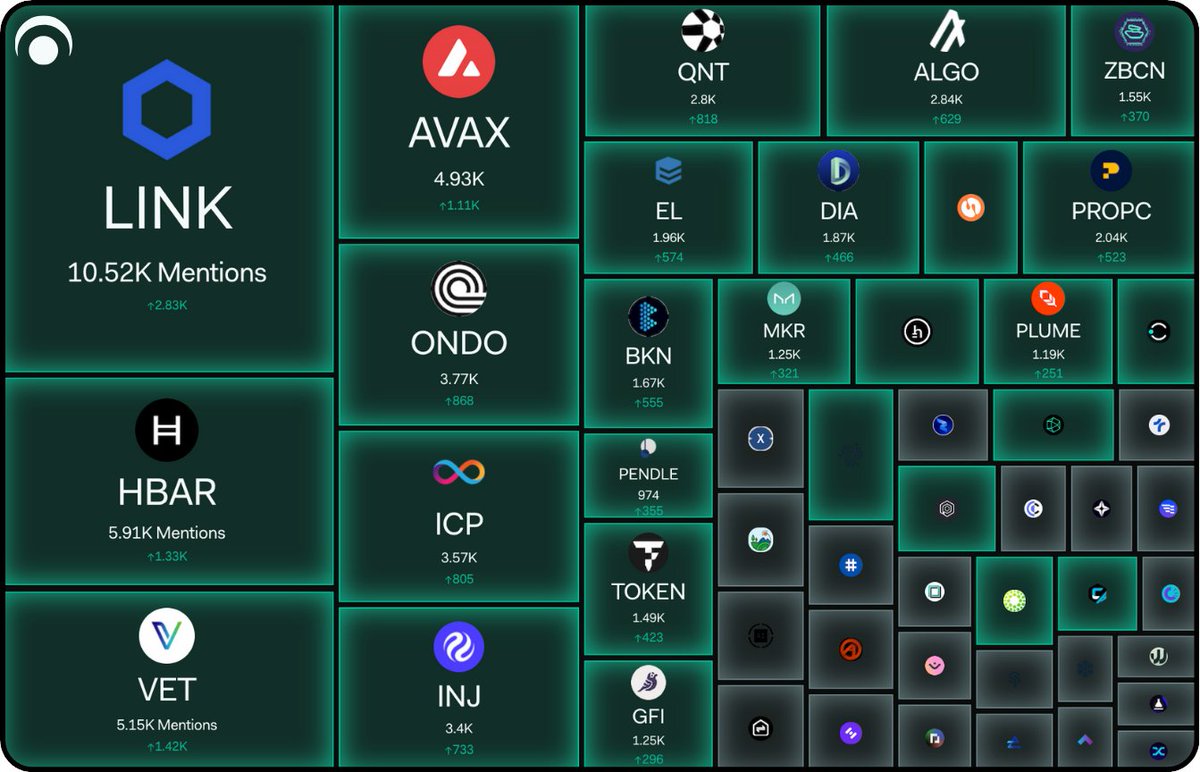
Cours du Maker

Avis de non-responsabilité
Infos sur le marché du Maker
Cap. boursière = offre en circulation × dernier cours

Flux de Maker










Calculateur MKR


Performance du cours de Maker en USD
Conversions de Maker populaires
| 1 MKR en USD | 1 758,70 $ |
| 1 MKR en EUR | 1 575,60 € |
| 1 MKR en PHP | 98 141,63 ₱ |
| 1 MKR en IDR | 29 007 092 Rp |
| 1 MKR en GBP | 1 324,02 £ |
| 1 MKR en CAD | 2 456,99 $ |
| 1 MKR en AED | 6 459,71 AED |
| 1 MKR en VND | 45 585 796 ₫ |
À propos du Maker (MKR)
- Site web officiel
- Livre blanc
- Github
- Explorateur de blocs
FAQ Maker
Bien que les deux jetons fassent partie de l'écosystème MakerDAO, MKR est un jeton de gouvernance, et son rôle principal est de surveiller le fonctionnement et la stabilité du protocole. En revanche, DAI est une stablecoin indexée sur le dollar américain, conçue pour maintenir sa valeur malgré la volatilité du marché.
La stabilité de DAI est assurée grâce à la sur-collatéralisation, aux processus de liquidation, à la gouvernance MKR, aux frais de stabilité et au taux d'épargne DAI (DSR). Ensemble, ces mécanismes contribuent à maintenir la valeur de DAI proche de 1 $.
Achetez facilement des jetons MKR sur la plateforme de cryptomonnaies OKX. Les paires de trading disponibles dans le terminal de trading au comptant OKX incluentMKR/BTC,MKR/USDCetMKR/USDT.
Vous pouvez également acheter du MKR avec plus de 99 monnaies fiduciaires en sélectionnant le mode « »Achat express" option. Autres jetons crypto populaires, tels queBitcoin (BTC),Tether (USDT)etJeton en USD (USDC)sont également disponibles.
Vous pouvez également échanger vos cryptomonnaies existantes, y comprisXRP (XRP),Cardano (ADA),Solana ( SOL)etChainlink (LINK), pour MKR sans frais ni glissement de cours en utilisantOKX Convert.
Pour voir les prix de conversion en temps réel estimés entre monnaies fiduciaires, telles que l'USD, l'EUR, la GBP et d'autres, en MKR, visitez leCalculatrice convertisseur de cryptos OKX. La plateforme d'échange de cryptomonnaies à haute liquidité d'OKX garantit les meilleurs prix pour vos achats de cryptomonnaie.
Déclaration ESG
Calculateur MKR

















Données sociales